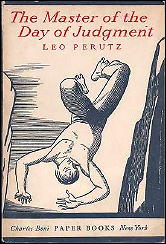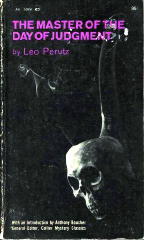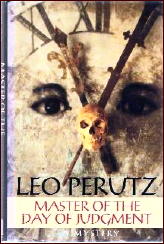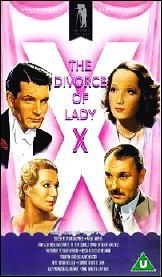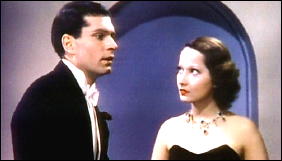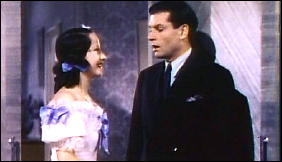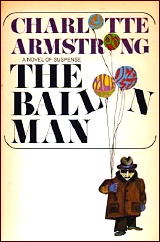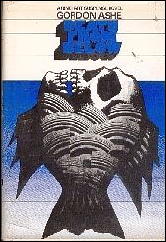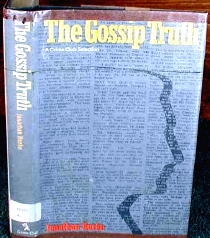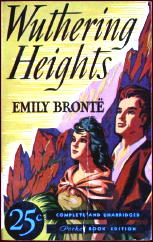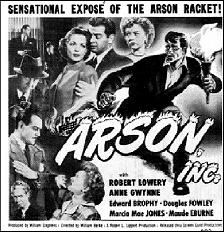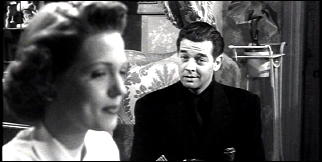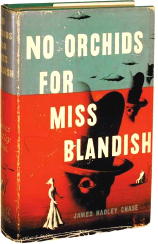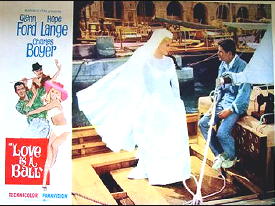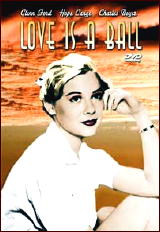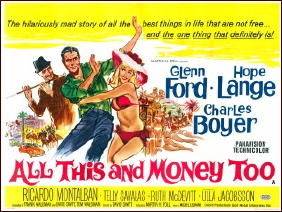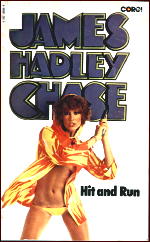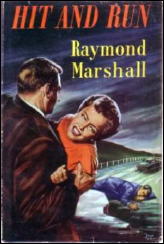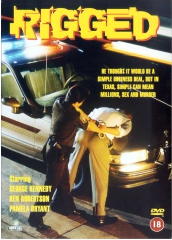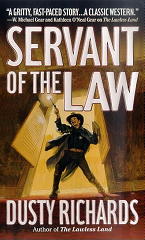Sat 5 Sep 2009
Addenda to CRIME FICTION IV: CHARLES A. READ to DR. JAMES REYNOLDS.
Posted by Steve under Authors , Crime Fiction IVNo Comments
I’ve recently annotated another grouping of authors’ entries from Part 34 of the online Addenda to the Revised Crime Fiction IV, by Allen J. Hubin.
If the author in entry one below seems out of place at first, you’ll see why it’s here soon enough, I believe. One significant update is the disambiguation of two authors with very similar sounding names, Harlan Eugene Read and Harlan (M.) Reed.
BROTHER JAMES. Pseudonym of [Dr.] James Reynolds, – 1866, q.v.
-The Adventures of Moses Finegan, an Irish Pervert. Duffy (Dublin), 1885. Previously published as by James Reynolds: Duffy (Dublin), 1870.
READ, CHARLES A(NDERTON). 1841-1878. Add as a new author. Born in Ireland; merchant in Rathfriland, County Down; went to London in 1863, where he became a journalist. During his writing career the author of numerous sketches, poems, short tales and nine novels, two of which are criminous in nature:
Aileen Aroon; or, The Pride of Conmore. Henderson (London), 1870. Setting: Ireland. First appeared in The Weekly Budget. “Garratt O’Neill is falsely accused of murder.”
Savourneen Dheeush; or, One True Heart. Henderson (London), 1869. Setting: Ireland. First appeared in The Weekly Budget. [Based on the Wildgoose Lodge Murders of 1816.]
READ, HARLAN EUGENE. 1880-1963. Add biographical information: Born in Jacksonville IL; educated at Oxford University and Brown’s Business College; editor; did syndicated newspaper work; St. Louis radio news commentator. Author of one book in the Revised Crime Fiction IV. See below:
-Thurman Lucas. Macmillan, US, hc, 1929. Add setting: St. Louis, East St. Louis IL, and Nevada; early 1900s. [After several scrapes with the law in the Midwest, a man becomes a success in the mining fields of Nevada.]
REED, HARLAN (M.) 1913-2001. Add middle initial, years of birth & death, and the following biographical information, replacing the previously incorrect data: Born in Nome, Alaska, raised in Seattle. graduate of University of Washington, where he also taught creative writing. Ran family oil business in Vancouver WA after WWII; photographer and jazz pianist. Author of two mystery novels in the Revised Crime Fiction IV. Below is the author’s complete entry. Series character in each: hard-drinking “idiosyncratic” private eye Dan Jordan.
The Case of the Crawling Cockroach. Dutton, hc, 1937. Setting: Ship.
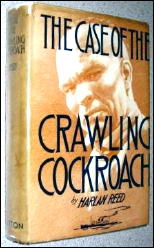
The Swing Music Murder. Dutton, hc, 1938. Setting: Seattle WA.

REID, LIZZIE C. Add as a new author. Short story writer who lived in Belfast, Ireland; her stories appeared in The People’s Friend and other periodicals.
-The Doctor’s Locum Tenens. Sealy (Dublin), 1907. Setting: Ireland. “A lady doctor’s adventures in an Ulster town. […] Interwoven with a narrative of mystery and plotting there is a pleasant love story.”
REYNOLDS, [DR.] JAMES. -1866. Add as a new author. Pseudonym: Brother James, q.v. Lived in Booterstown, County Dublin. Short story writer; contributed several serials to Duffy’s Fireside Magazine under the additional pen names E. L. Berwick and “A Well-Known Novelist.”
-The Adventures of Moses Finegan, an Irish Pervert. Duffy (Dublin), 1870. Also published as by Brother James: Duffy (Dublin), 1885. Setting: Ireland. [The protagonist, although married, goes with a benefactor’s daughter to America, where he is later sentenced to death for her murder.] Note that the word “pervert” in the title is used here in the religious sense, as the opposite of “convert.”
